Tiny Flying Cows
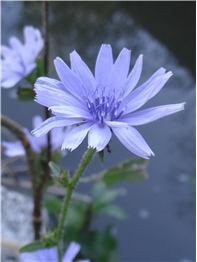
Camera in hand I visited Kraklauer Creek yesterday. It is late September and the weather has barely cooled from the heat of summer. Yet, it is not the frost that brings the end of the season for the wild flowers growing in profusion on the creek bed. They appear to have a set life cycle, a botanical game-clock if you will. Now the blooms are much fewer, and the blossoms are of the smaller variety. They are fading.
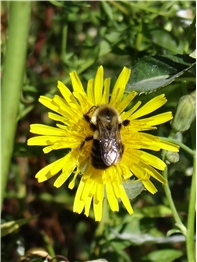 I noticed in some patches the honey bees and other small insects were busily attending to the flowers. I wondered to myself if the bee has a sense of change in the season, of the coming of autumn and then of the cold of winter. Do they hurry
I noticed in some patches the honey bees and other small insects were busily attending to the flowers. I wondered to myself if the bee has a sense of change in the season, of the coming of autumn and then of the cold of winter. Do they hurry
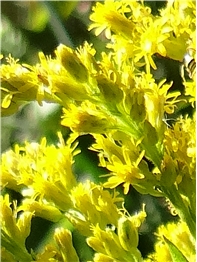
up to get in the last few days of nectar and pollen gathering?
By chance I met an old friend on the path adjacent to the creek. We share the appreciation of wild flowers. I mentioned my speculation about the bees. His comment was that the bee does not think about anything as abstract as the change in season. The bee just does what a bee does, look for blossoms as sources of
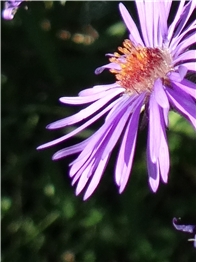
nourishment, as long as it can. A thought flashed in my mind, “A bee is a tiny flying cow.” A bovine, long domesticated, is a far cry from a wild and fierce bull. A cow is intent on eating, chewing the cud, 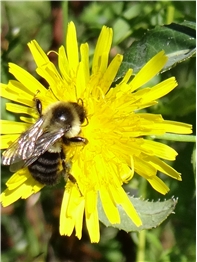 and finding shelter as necessary. Cows don’t appear to plan ahead, to think in abstractions. The bee like the bovine species provide so many services to humankind.
and finding shelter as necessary. Cows don’t appear to plan ahead, to think in abstractions. The bee like the bovine species provide so many services to humankind.
So, I present for your enjoyment a few pictures of blossoms as they might be viewed by a bee. A nectar and pollen- 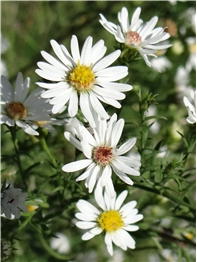 minded bee would view these fading tiny flowers, a bee’s eye view, as it tours along side the creek, at the advent of autumn. If you and I were bees, the flowers would be scaled up, like billboards.
minded bee would view these fading tiny flowers, a bee’s eye view, as it tours along side the creek, at the advent of autumn. If you and I were bees, the flowers would be scaled up, like billboards.
Tiny flying cows? The mystery will always remain. Unless you can talk to a bee.